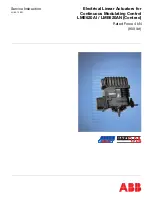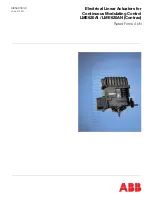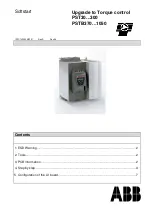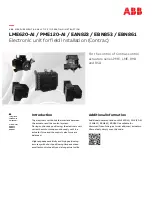
Module Operation
1241
SPNU563A – March 2018
Copyright © 2018, Texas Instruments Incorporated
FlexRay Module
From cycle 0 on, the node transmits its startup frame. Since each coldstart node is allowed to perform a
coldstart attempt, it may occur that several nodes simultaneously transmit the CAS symbol and enter the
coldstart path. This situation is resolved during the first four cycles after CAS transmission.
As soon as a node that initiates a coldstart attempt receives a CAS symbol or a frame header during
these four cycles, it re-enters the COLDSTART_LISTEN state. Thereby, only one node remains in this
path. In cycle four, other coldstart nodes begin to transmit their startup frames.
After four cycles in COLDSTART_COLLISION_RESOLUTION state, the node that initiated the coldstart
enters the COLDSTART_CONSISTENCY_CHECK state. It collects all startup frames from cycle four and
five and performs clock correction. If the clock correction does not deliver any errors and it has received at
least one valid startup frame pair, the node leaves COLDSTART_CONSISTENCY_CHECK and enters
NORMAL_ACTIVE state.
The number of coldstart attempts that a node is allowed to perform is configured by SUCC1.CSA(4-0) in
the SUC configuration register 1. The number of remaining coldstarts attempts can be read from
CCSV.RCA(4-0) of communication controller status vector register. The number of remaining attempts is
reduced by 1 for each attempted coldstart. A node may enter the COLDSTART_LISTEN state only if this
value is larger than 1 and it may enter the COLDSTART_COLLISION_RESOLUTION state only if this
value is larger than 0. If the number of coldstart attempts is 1, coldstart is inhibited but integration is still
possible.
26.2.6.7.4 Path of Following Coldstart Node (Responding to Leading Coldstart Node)
When a coldstart node enters the COLDSTART_LISTEN state, it tries to receive a valid pair of startup
frames to derive its schedule and clock correction from the leading coldstart node.
As soon as a valid startup frame has been received, the INITIALIZE_SCHEDULE state is entered. If the
clock synchronization can successfully receive a matching second valid startup frame and derive a
schedule from this, the INTEGRATION_COLDSTART_CHECK state is entered.
In INTEGRATION_COLDSTART_CHECK state, it is assured that the clock correction can be performed
correctly and that the coldstart node from which this node has initialized its schedule is still available. The
node collects all sync frames and performs clock correction in the following double-cycle. If clock
correction does not signal any errors and if the node continues to receive sufficient frames from the same
node it has integrated on, the COLDSTART_JOIN state is entered.
In COLDSTART_JOIN state, following coldstart nodes begin to transmit their own startup frames and
continue to do so in subsequent cycles. Thereby, the leading coldstart node and the nodes joining it can
check if their schedules agree with each other. If the clock correction signals any error, the node aborts
the integration attempt. If a node in this state sees at least one valid startup frame during all even cycles
in this state and at least one valid startup frame pair during all double cycles in this state, the node leaves
COLDSTART_JOIN state and enters NORMAL_ACTIVE state. Thereby it leaves STARTUP at least one
cycle after the node that initiated the coldstart.
26.2.6.7.5 Path of Non-Coldstart Node
When a non-coldstart node enters the INTEGRATION_LISTEN state, it listens to its attached channels.
As soon as a valid startup frame has been received the INITIALIZE_SCHEDULE state is entered. If the
clock synchronization can successfully receive a matching second valid startup frame and derive a
schedule from this, the INTEGRATION_CONSISTENCY_CHECK state is entered.
In INTEGRATION_CONSISTENCY_CHECK state it is verified that the clock correction can be performed
correctly and that enough coldstart nodes (at least 2) send startup frames that agree with the nodes own
schedule. Clock correction is activated, and if any errors are signaled, the integration attempt is aborted.
During the first even cycle in this state, either two valid startup frames or the startup frame of the node
that this node has integrated on must be received; otherwise the node aborts the integration attempt.
During the first double-cycle in this state, either two valid startup frame pairs or the startup frame pair of
the node that this node has integrated on must be received; otherwise the node aborts the integration
attempt.















































